No.158, Baoqun Road, Yaozhuang Town, Jiashan County, Jiaxing City, Zhejiang Province , China

In high-end equipment fields such as aerospace, new energy, and precision manufacturing, OEM high technology special equipment steel structure has gradually become a core load-bearing and functional component due to its customized design and high-strength performance. Different from ordinary industrial steel structures, this type of steel structure needs to be independently developed according to the specific working conditions of special equipment (such as high temperature, high pressure, strong corrosion, and high-precision operation). It can not only meet the strict requirements of equipment for structural strength and stability but also reduce its own weight through optimized design, thereby improving the overall operation efficiency of the equipment. For example, in new energy photovoltaic tracking equipment, the OEM high technology special equipment steel structure needs to bear the weight of photovoltaic panels while having wind load resistance and UV aging resistance to ensure the long-term stable operation of the equipment outdoors. In aerospace ground testing equipment, it also needs to have micron-level structural precision to match the precise docking needs of testing instruments. Moreover, the OEM model can realize the in-depth integration of the steel structure and the overall design of the equipment, avoiding the problem of poor adaptability between general steel structures and equipment. Therefore, it has become an indispensable core component in the R&D and production of high-end equipment.
The customization process of OEM high technology special equipment steel structure must strictly follow technical specifications to ensure that the final product meets equipment requirements. The process usually starts with demand communication. The R&D team needs to conduct in-depth docking with equipment manufacturers to clarify core indicators such as the load-bearing parameters, service environment, installation space, and precision requirements of the steel structure. At the same time, a preliminary plan is formulated with reference to relevant industry standards (such as the Code for Design of Steel Structures for Mechanical Engineering and the Safety Technical Specifications for Special Equipment). After the plan is confirmed, it enters the design stage. 3D modeling software is used to build the steel structure model, and finite element analysis is applied to simulate the stress of the structure under different working conditions. Structural details (such as the layout of stiffeners and the design of connection nodes) are optimized to avoid structural failure caused by stress concentration. In the production stage, equipment with high-precision processing capabilities (such as CNC cutting machines and fully automatic welding robots) must be selected to ensure that the dimensional error of components is controlled within 0.1mm. At the same time, each production link requires process inspection, such as raw material quality testing, cutting precision testing, and preliminary welding quality inspection, to prevent unqualified semi-finished products from entering the next link. Finally, the finished product must undergo overall assembly testing and performance verification, and a detailed test report must be issued to ensure that it meets the customization requirements before being delivered to the equipment manufacturer.
The material selection of OEM high technology special equipment steel structure must be closely combined with equipment working conditions to achieve precise adaptation between performance and needs. In high-temperature working conditions (such as industrial furnace equipment and engine test platforms), high-temperature resistant alloy steel (such as 310S stainless steel and Inconel alloy) should be selected. This type of material can still maintain high strength and oxidation resistance in environments above 800℃, avoiding structural softening and deformation caused by high temperatures. In strong corrosion working conditions (such as chemical reaction equipment and marine detection equipment), corrosion-resistant steel (such as duplex stainless steel and Hastelloy) should be used, and the surface should be subjected to anti-corrosion treatment (such as spraying anti-corrosion coatings and passivation treatment) to enhance the material’s resistance to acid, alkali, and seawater erosion. In high-precision operation equipment (such as precision machine tools and optical testing equipment), high-quality carbon structural steel or alloy structural steel with high strength and small deformation should be selected. Quenching and tempering treatment is used to improve the hardness and toughness of the material, ensuring that the steel structure will not affect equipment precision due to slight deformation during long-term operation. In addition, material selection also needs to consider cost and processing difficulty. On the premise of meeting performance requirements, materials that are easy to process and cost-effective should be selected to balance customization needs and production feasibility.
Welding quality is the key to determining the safety and stability of OEM high technology special equipment steel structure, and multi-dimensional inspection is required to ensure compliance. Visual inspection is the basic link. Inspectors need to observe the welded joints with the naked eye or a magnifying glass to check for surface defects such as cracks, pores, slag inclusions, and incomplete penetration. High-quality welds should have a smooth surface, good forming, and no obvious defects. Non-destructive testing is the core link, and common methods include ultrasonic testing, radiographic testing, and magnetic particle testing: Ultrasonic testing can penetrate the interior of the weld to detect internal defects such as cracks and incomplete fusion, which is suitable for steel structures with large thickness; Radiographic testing uses X-rays or γ-rays for imaging to intuitively display the location and size of internal weld defects, which is suitable for key load-bearing welds; Magnetic particle testing is applicable to ferromagnetic materials, which generates magnetic marks at defects through the action of a magnetic field to detect tiny cracks on the surface and near-surface. In addition, mechanical property testing is also required. Weld samples are cut for tensile, bending, and impact tests to verify whether the strength, plasticity, and toughness of the weld meet the design requirements. Only when all inspection items meet the standards can the welding quality be ensured to meet the use requirements of special equipment.
The installation and commissioning of OEM high technology special equipment steel structure must strictly control details to avoid affecting the overall performance of the equipment due to improper installation. Before installation, the installation site must be surveyed, site debris must be cleaned, and the flatness and load-bearing capacity of the foundation must be checked to ensure that the installation foundation meets the design requirements. At the same time, pre-treatment of steel structure components is required, such as cleaning surface oil and dirt, and checking the size and precision of components. If deformation occurs during transportation, correction must be carried out before installation. During the installation process, high-precision measuring instruments (such as total stations and levels) must be used to monitor the position, levelness, and verticality of the steel structure in real time to ensure that the error is controlled within the design allowable range. For bolted connection nodes, fastening must be carried out according to the specified torque to avoid loose connections due to insufficient tightness or bolt breakage due to excessive tightness. During the commissioning phase, combined with the overall operation of the equipment, a load test of the steel structure should be carried out under simulated actual working conditions to observe whether the structure has abnormal vibration, displacement, or other problems. If problems are found, timely adjustments (such as reinforcing connection nodes and optimizing the support structure) must be made until the steel structure and equipment operate stably in coordination and all performance indicators meet the standards.
After-sales maintenance of OEM high technology special equipment steel structure can extend its service life, and timely fault handling can avoid equipment shutdown losses. Daily maintenance requires regular visual inspection of the steel structure, cleaning surface dust and oil, and checking whether welds and bolt connection nodes have corrosion, looseness, cracks, or other problems. If loose bolts are found, they must be tightened in time; if slight corrosion occurs, anti-corrosion coatings must be re-coated. Regular maintenance requires in-depth inspection according to the service cycle, such as non-destructive testing every six months or one year to check for potential internal defects. For steel structures under high-temperature and corrosive working conditions, the material performance must be tested regularly to evaluate the aging degree, and aging components must be replaced if necessary. Fault handling must follow the principle of “diagnosis first, then repair”: if abnormal structural vibration occurs, it is necessary to first check whether it is caused by loose installation or uneven load, and carry out targeted fastening or load adjustment; if weld cracks are found, the location and depth of the cracks must be determined first, and repair welding is used for restoration. After repair, non-destructive testing and mechanical property testing must be re-conducted; if the material has severe aging or deformation, the components must be replaced in time to ensure that the steel structure restores normal performance and guarantees the safe operation of the equipment.
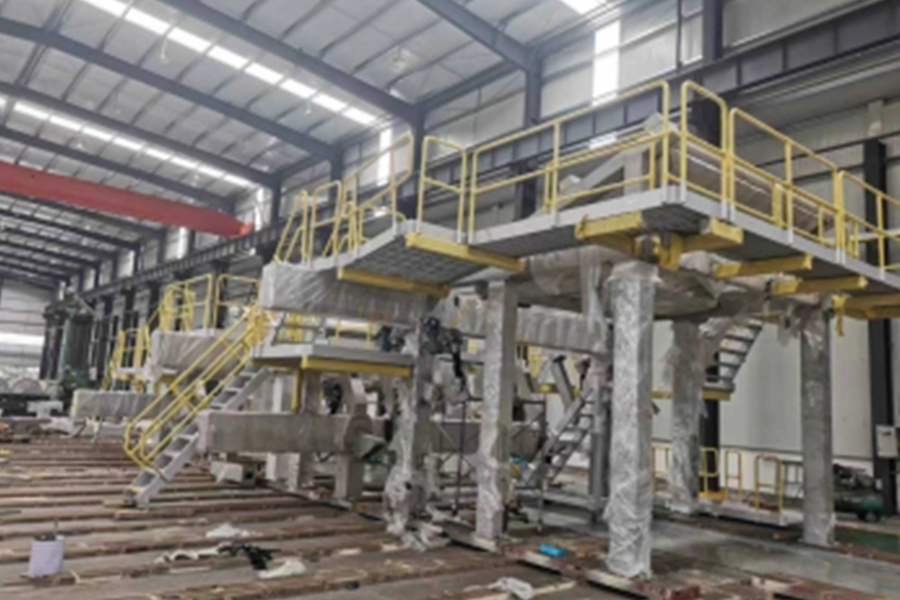
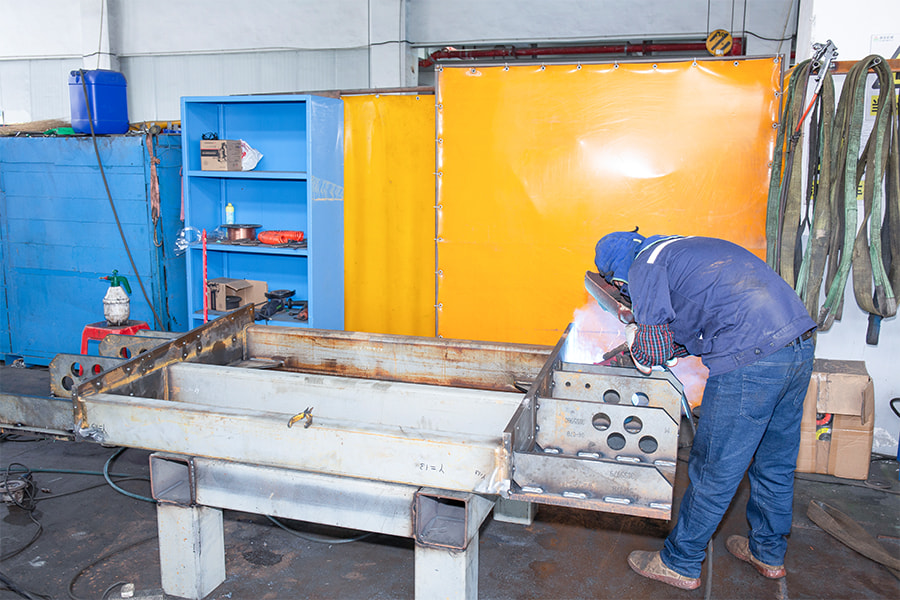
The steel structure industry has experienced significant evolution in recent years, d...
READ MORE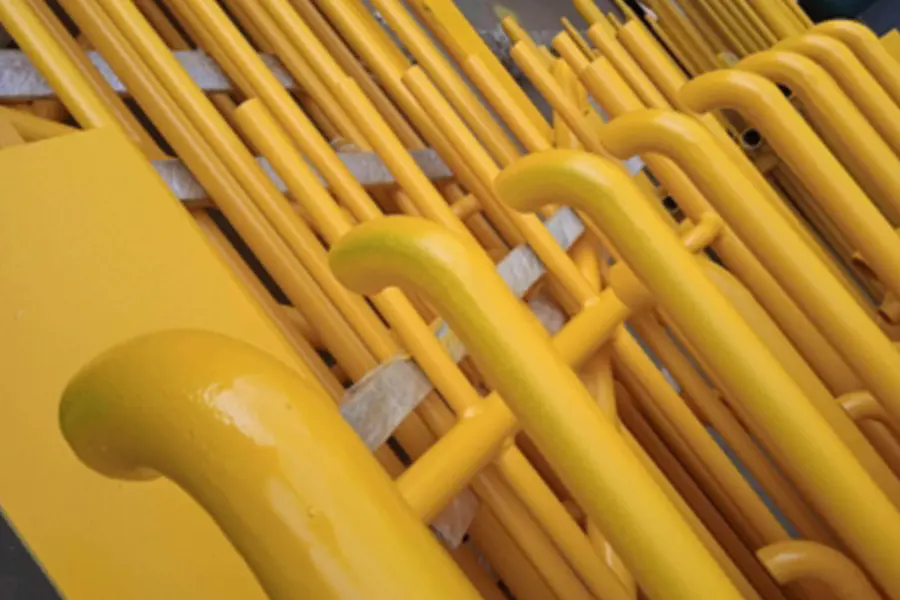
Optimizing the Engineering Workspace Boosting Comfort and Efficiency for Electrical...
READ MORE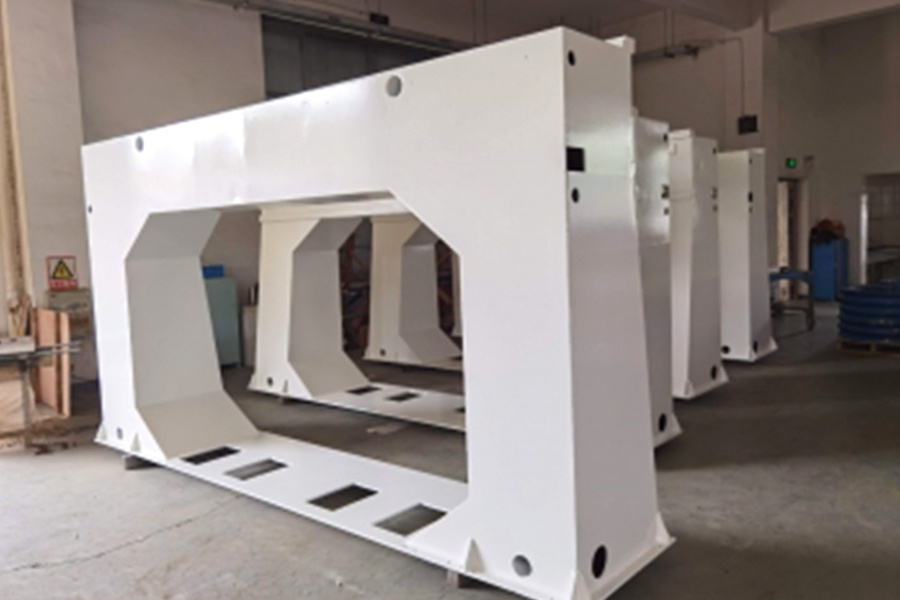
The Structural Blueprint of Dimensioning Equipment Anatomy of the Planer-Thicknesser:...
READ MORE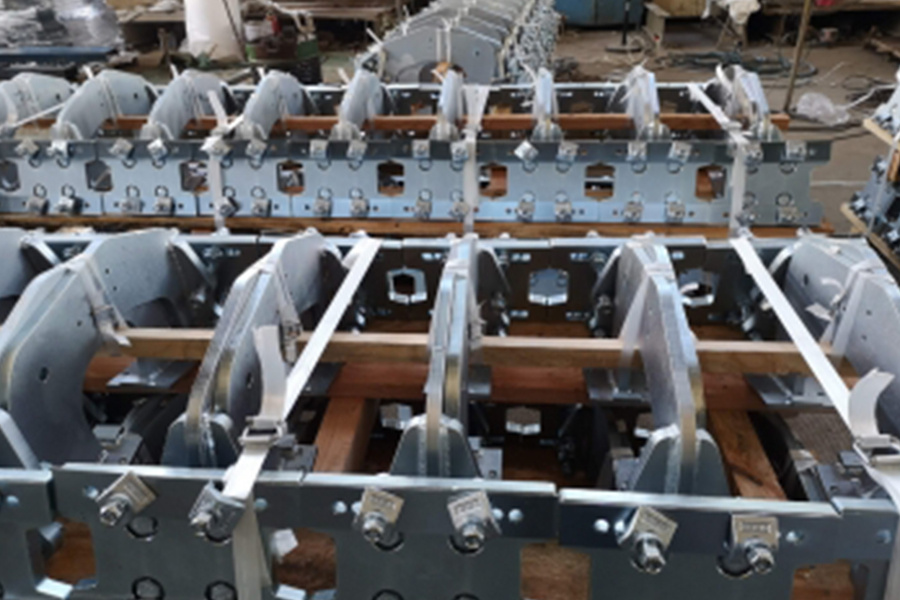
The global shift towards sustainable power is undeniable, with new energy equipment l...
READ MORE